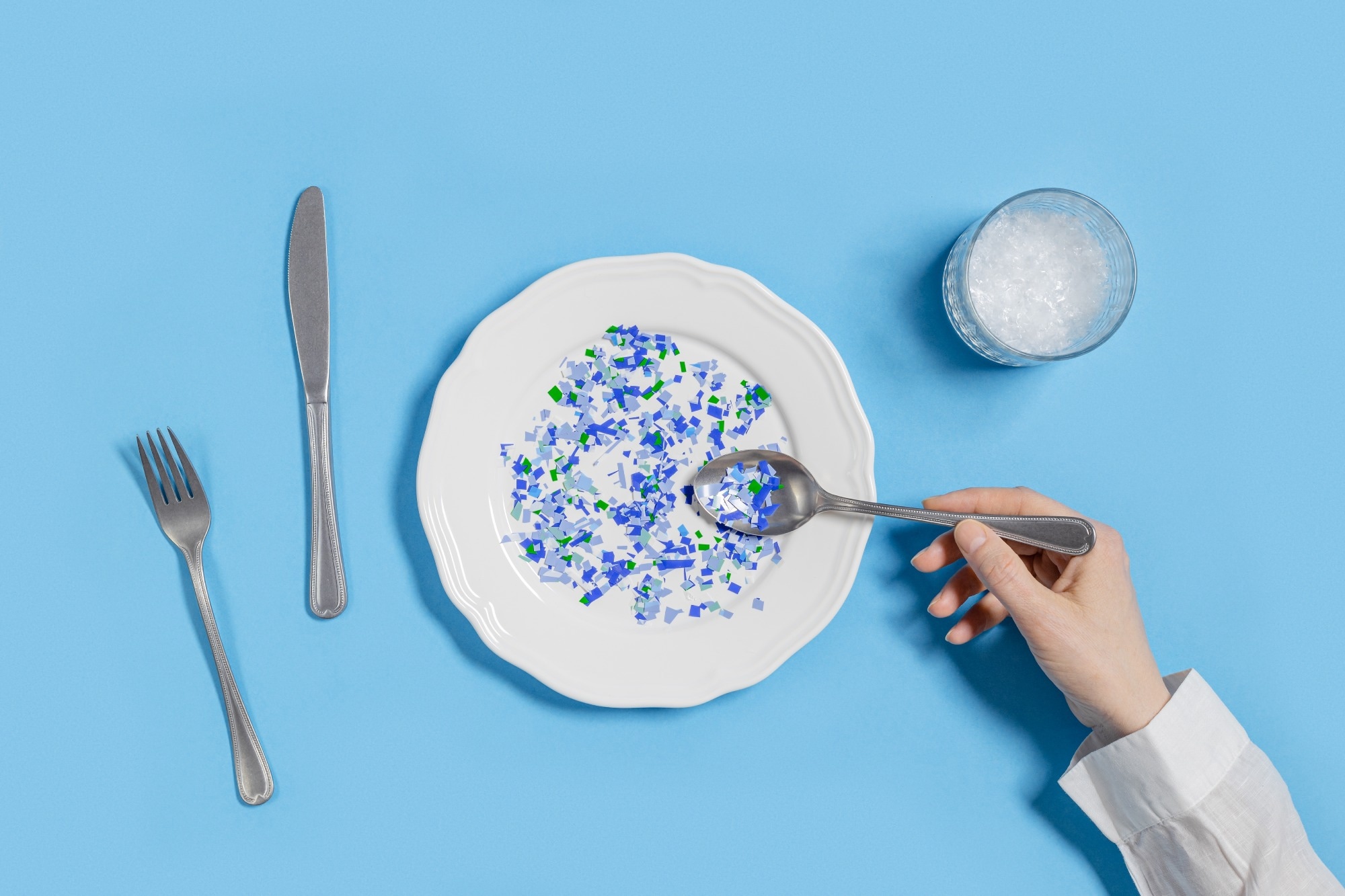Common Microplastic Exposure Routes for Children: Food, Toys, and Airborne Risks
Common Microplastic Exposure Routes for Children: Food, Toys, and Airborne Risks
Microplastics are tiny plastic particles that have infiltrated nearly every aspect of our lives. From the food we eat to the toys our children play with, these particles pose a growing threat to health and development. Children are particularly vulnerable to microplastic exposure because their bodies are still developing, and they are more likely to come into contact with contaminated items. In this blog post, we’ll explore the most common ways children are exposed to microplastics and discuss the associated risks.
Why Are Children More Vulnerable to Microplastics?
Children’s developing bodies and higher metabolic rates make them more susceptible to environmental toxins, including microplastics. Here’s why they are at a higher risk:
- Frequent Hand-to-Mouth Behavior: Young children often put objects and hands in their mouths, increasing ingestion risks.
- Rapid Development: Disruptions during critical growth phases can have long-term effects.
- Closer Contact with Contaminated Surfaces: Crawling and playing on floors exposes them to dust and debris containing microplastics.
Major Routes of Microplastic Exposure for Kids
Children encounter microplastics through various everyday activities and products. Let’s break down the primary sources:
1. Food and Drink
Food and beverages are some of the most common exposure routes for microplastics.
- Bottled Water: Studies have found microplastic particles in most bottled water brands.
- Seafood: Fish and shellfish often contain microplastics ingested from polluted waters.
- Processed Foods: Packaging materials can break down and contaminate food with tiny plastic fragments.
- Baby Food and Formula: Prepared baby foods and formulas stored in plastic containers may contain plastic residues.
Risks: Ingested microplastics can cause gastrointestinal inflammation, disrupt nutrient absorption, and expose children to toxic chemicals like BPA and phthalates.
2. Toys and Play Materials
Many toys and play objects are made of plastic, some of which may break down into microplastic particles over time.
- Plastic Toys: Frequent handling and mouthing of plastic toys can increase exposure.
- Soft Vinyl Products: Items like dolls and inflatable toys can contain phthalates.
- Arts and Crafts Materials: Glitter and plastic-based craft items can shed particles.
Risks: Chemicals in plastics can act as endocrine disruptors, potentially affecting hormone levels and growth.
3. Airborne Microplastics
Surprisingly, children can also inhale microplastics through the air.
- Indoor Dust: Microplastic fibers from synthetic clothing and furnishings can become airborne.
- Outdoor Pollution: Road dust and environmental pollution contribute to airborne plastic particles.
- Carpets and Upholstery: Synthetic fibers can degrade and release particles into the air.
Risks: Inhaled microplastics can cause respiratory issues and carry chemical pollutants into the lungs.
How to Reduce Children’s Microplastic Exposure
While completely avoiding microplastics is nearly impossible, parents can take practical steps to minimize exposure:
- Switch to Glass or Stainless Steel Containers: Avoid storing food and drinks in plastic.
- Choose Natural Toys: Opt for wooden or fabric toys instead of plastic.
- Maintain Clean Indoor Air: Regularly dust and vacuum to reduce airborne particles.
- Filter Drinking Water: Use high-quality water filters to reduce plastic contaminants.
- Avoid Synthetic Clothing: Choose natural fibers like cotton and wool to reduce airborne plastic fibers.
Final Thoughts
Microplastic exposure is an unavoidable reality of modern life, but understanding the primary sources can help parents make informed decisions to protect their children. By choosing safer alternatives and maintaining a clean environment, we can reduce the risks and support healthier growth and development. Stay proactive and vigilant about minimizing your child’s exposure to harmful microplastics.
Amazon best seller






Comments